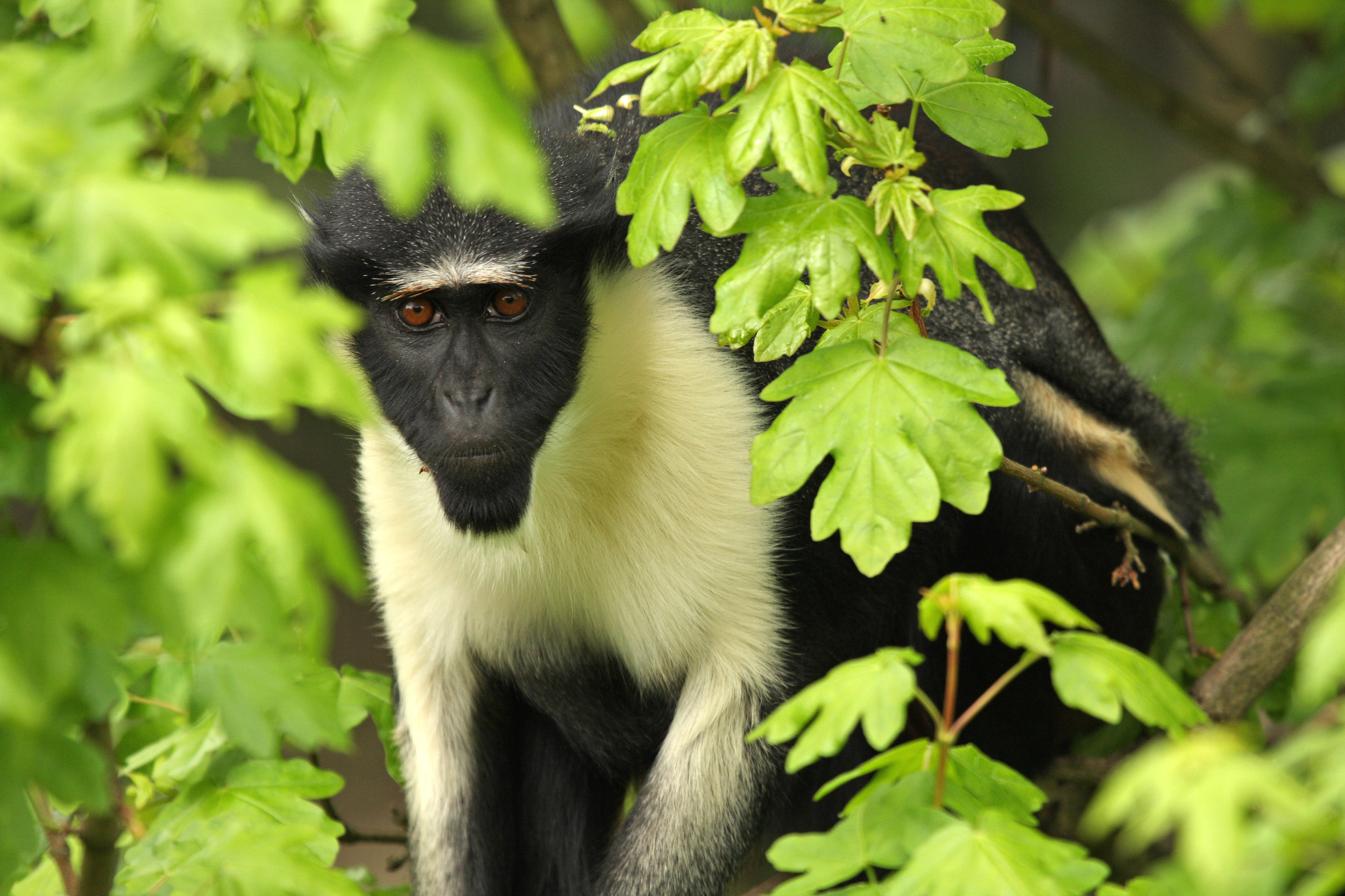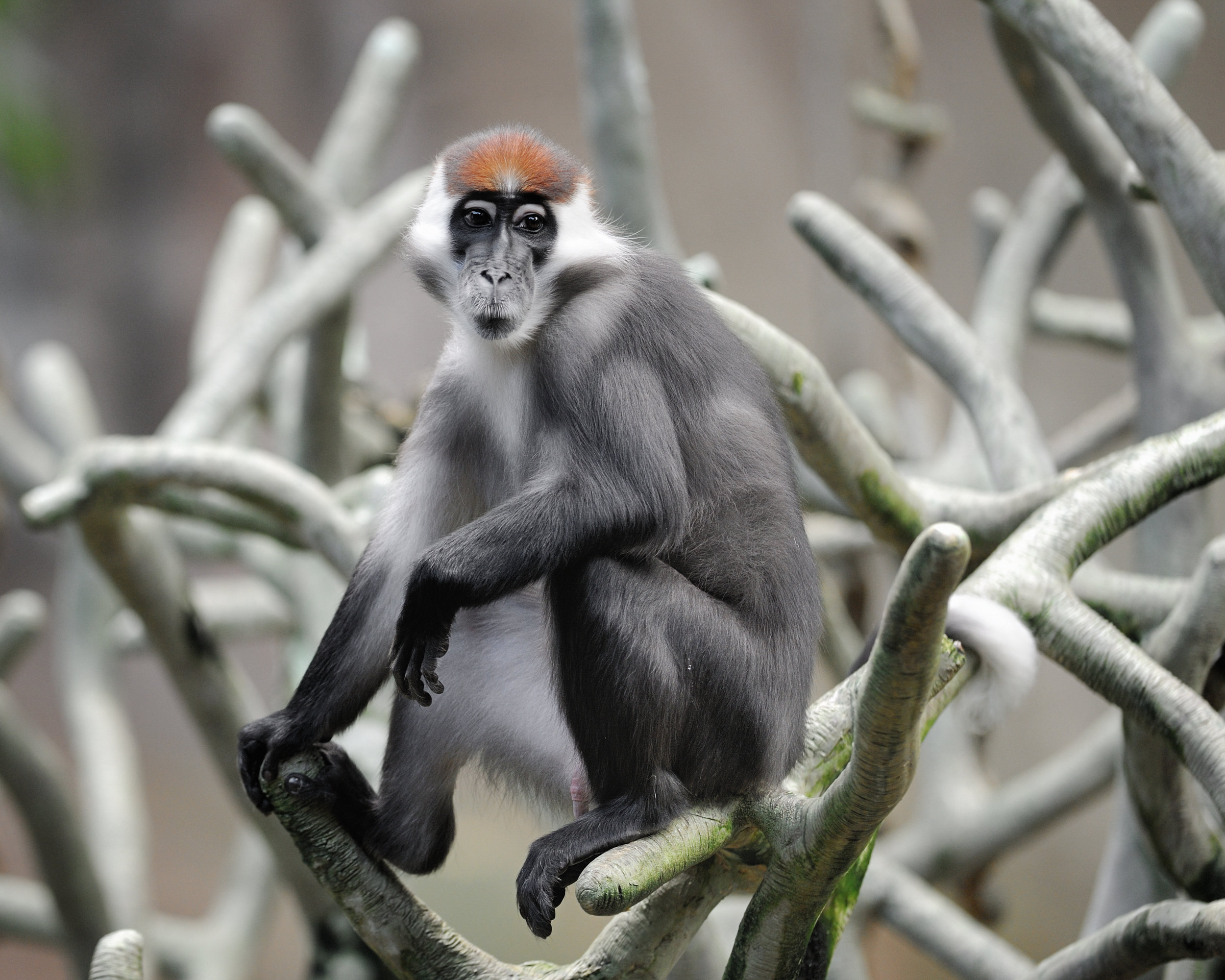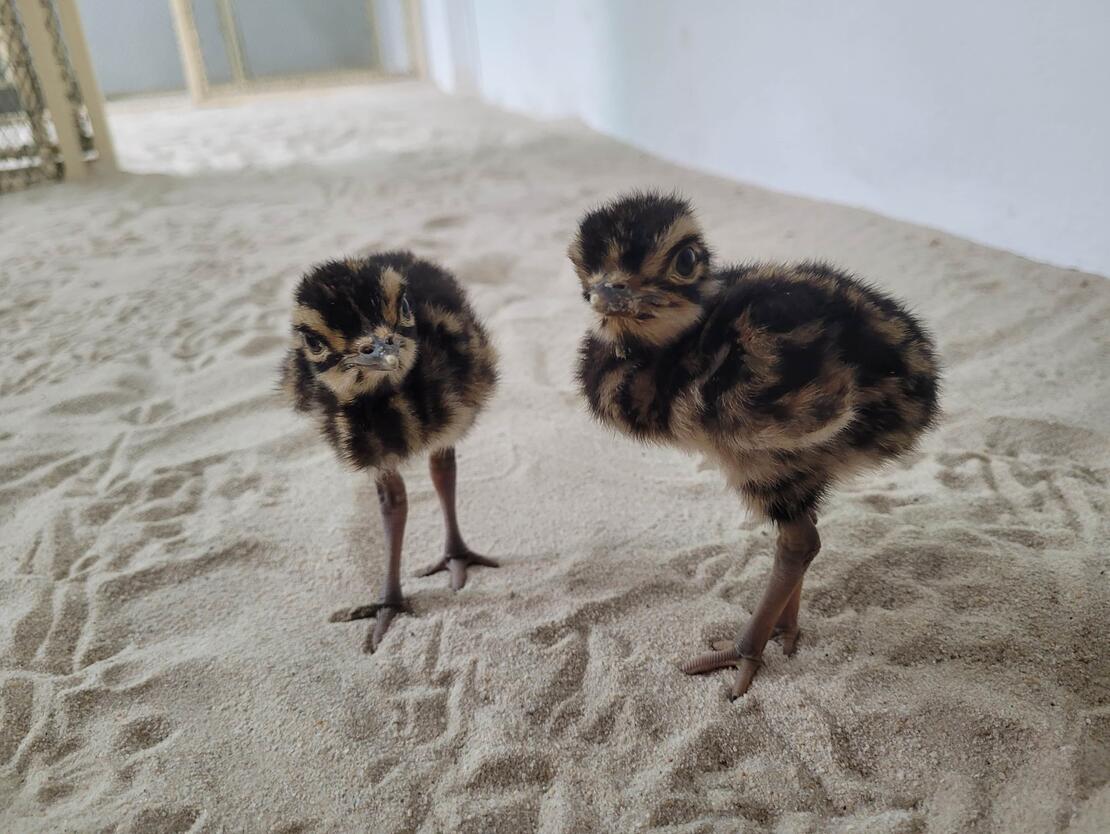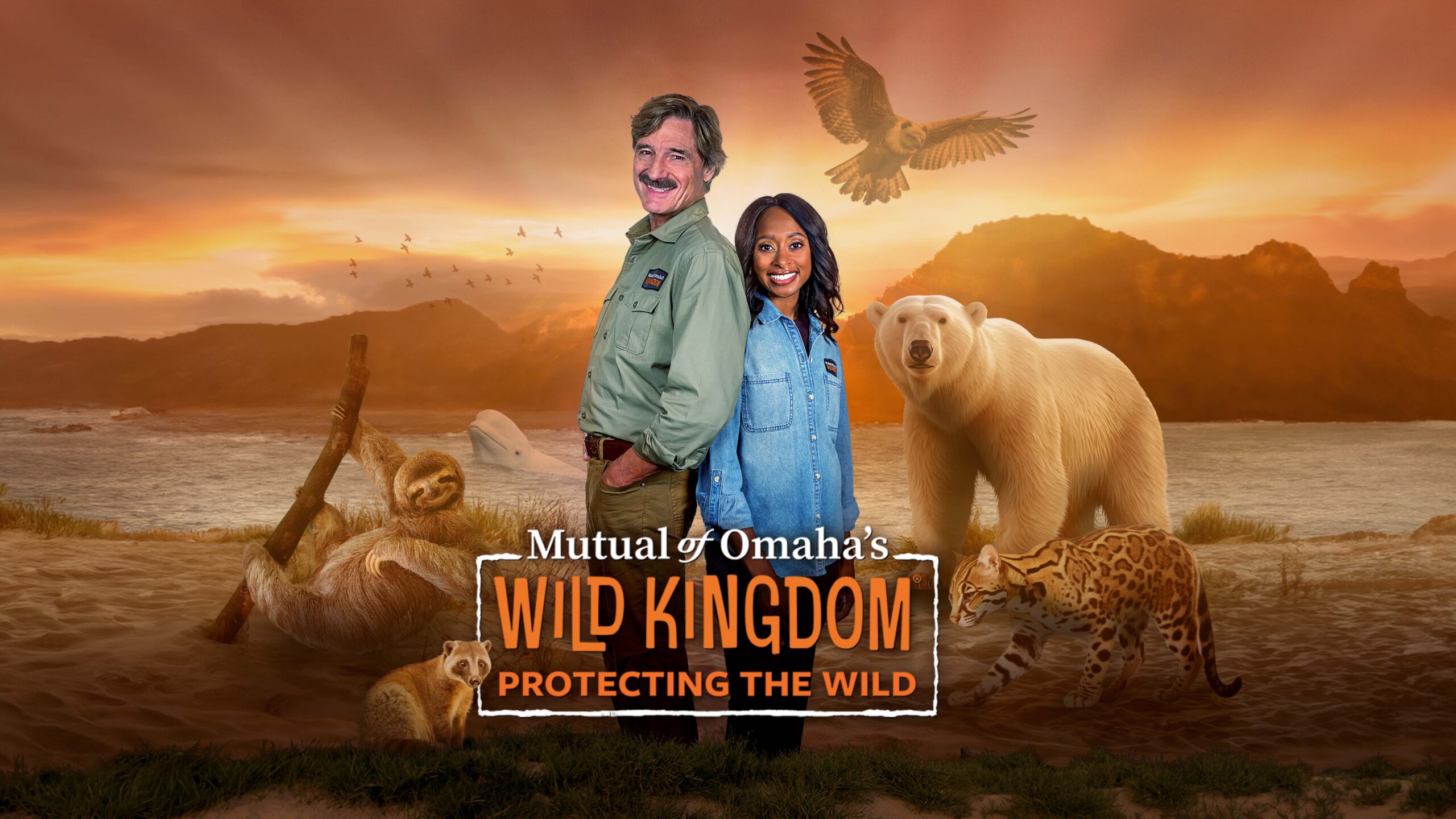The International Union for the Conservation of Nature (IUCN) Red List has broken through the 100,000 species barrier; it now includes assessments for 105,732 species, of which 28,338 species are threatened with extinction.
The IUCN Red List assesses the vulnerability of global wildlife. When a scientists claims that a species is endangered, they are referring to either the endangered species list of that particular country, for instance the one managed by the U.S. Department of Fish and Wildlife, or the IUCN Red List. The assessment ranks a creature at one of seven levels, least concern, near-threatened, vulnerable, endangered, critically endangered, extinct in the wild, and extinct.
“With more than 100,000 species now assessed for the IUCN Red List, this update clearly shows how much humans around the world are overexploiting wildlife,” said IUCN Acting Director General, Dr Grethel Aguilar. “
“We must wake up to the fact that conserving nature’s diversity is in our interest, and is absolutely fundamental to achieving the Sustainable Development Goals. States, businesses and civil society must urgently act to halt the overexploitation of nature, and must respect and support local communities and Indigenous Peoples in strengthening sustainable livelihoods.”
Freshwater Fish
Over half of Japan’s endemic freshwater fish and over a third of freshwater fish in Mexico are threatened with extinction. According to the IUCN the main drivers of this decline are the loss of free flowing rivers and increasing agricultural and urban pollution. The construction of dams and weirs is having a significant effect on freshwater fish species in both countries, combined with competition and predation by invasive alien species.
“The world’s freshwater fish species, which number almost 18,000, are undergoing a dramatic and largely unrecognised global decline, as made apparent in the high levels of extinction threat to freshwater fish species in Japan and Mexico,” said William Darwall, Head of the IUCN Freshwater Biodiversity Unit.
“The loss of these species would deprive billions of people of a critical source of food and income, and could have knock-on effects on entire ecosystems. To halt these declines, we urgently need policies on the human use of freshwaters that allow for the needs of the many other species sharing these ecosystems.”
Forests and Trees
The Red List is not just for the purposes of animals, but includes all carbon-based lifeforms, and now includes the majority of dry forest trees in Madagascar, including updated assessments for 23 rosewood and palissander species. These species are highly exploited for their precious wood, with over 90% of them now threatened. Rosewood species are used across the world in the timber trade, and are one of the world’s most illegally trafficked wild products.
The other main threats are habitat loss due to forest clearance for agricultural use and charcoal production. The continued survival of these rosewood species is dependent on increased enforcement of local management plans, national laws, and international cooperation.
The American Elm (Ulmus americana) enters the Red List for the first time as Endangered. A dominant woodland tree across Canada and the United States, this species has been declining for decades due to a serious invasive fungal pathogen, Dutch Elm Disease. Nowadays, large trees are seldom found as the disease reduces their lifespan, and remaining individuals are mainly smaller understorey trees. Conservation efforts need to be directed to breeding greater disease tolerance into wild populations.
More than 5,000 trees from 180 countries have been added to the Red List this year, contributing significantly towards the Global Tree Assessment goal of assessing all tree species in the world by the end of 2020.
Bioluminescent Fish
With this update, about 500 deep-sea bony fish species such as bioluminescent lanternfish enter the Red List. These species can occur deeper than 1,000 metres, and some face potential threats from deep-fishing activity and the oil and gas industries, as well as plumes from deep seabed mining. With 20% of all deep-sea fish assessments on the Red List Data Deficient, further study of these species is critical.
Many deep-sea species occur in areas beyond national jurisdictions, raising questions over whose responsibility it is to protect them. The emerging UN treaty under the Law of the Sea Convention for the conservation and sustainable use of marine biodiversity beyond national boundaries must have a significant role to play.
PICTURED: The red-capped mangabey (Cercocebus torquatus)
West-African Primates
Hunting combined with habitat loss has pushed seven species of primate closer to extinction, according to the updated IUCN Red List. Six of these species occur in West Africa, and show clearly how hunting for bushmeat and development-related deforestation are causing primate populations to decline – 40% of primate species in West and Central Africa are now threatened with extinction.
“West Africa is one of the very highest priority areas on Earth for primate conservation. The combination of forest destruction and heavy bushmeat hunting – probably the highest level of this latter threat anywhere in the word – has pushed a number of primate species there to the brink of extinction,” said Russ Mittermeier, Chair of the IUCN Species Survival Commission Primate Specialist Group.
“Maintaining the amazing primate diversity of this region will require the creation of new protected areas, better management of existing ones, more effective enforcement of protective legislation, and economic alternatives that value primates as something more than a source of meat, with primate-watching ecotourism, based on successful models elsewhere in Africa, high on the list.”
The Roloway Monkey (Cercopithecus roloway) has moved from Endangered to Critically Endangered – one step away from extinction. Endemic to Côte d’Ivoire and Ghana, there are thought to be fewer than 2,000 surviving individuals. Their relatively large body size and the value of their meat and skin have made Roloway Monkeys a preferred target for hunters, driving the population to a precariously low level. Once abundant from western Nigeria to the Gabon-Congo border, the Red-capped Mangabey (Cercocebus torquatus) has moved from Vulnerable to Endangered, with the healthiest population reportedly occurring in Gabon.




